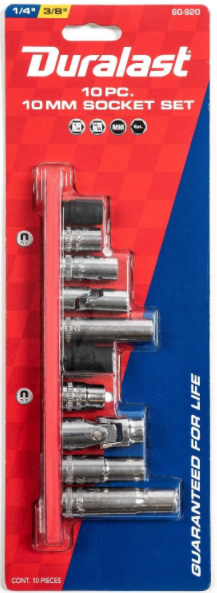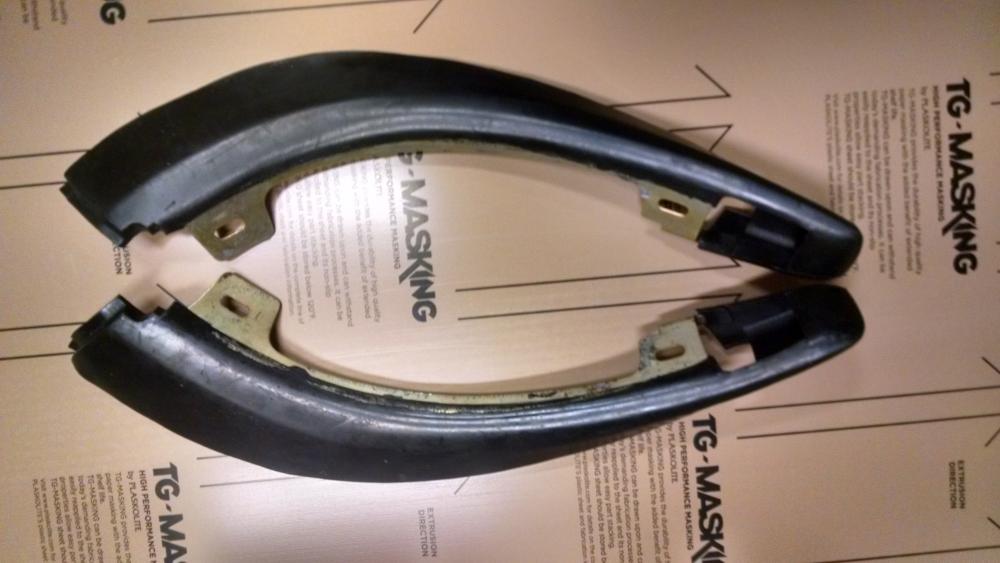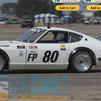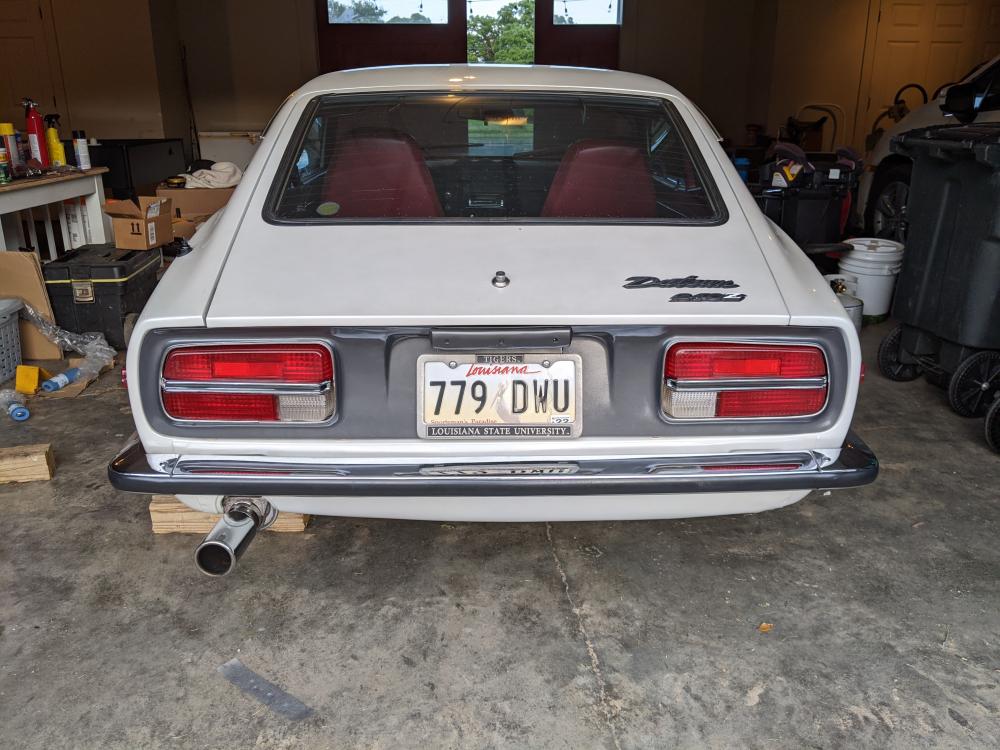Well first of all, let me be clear that I'm no lubrication expert, but now that I've got a couple more minutes, let me try to explain a little bit.
First of all, I think the premise that both the static and dynamic pressure are involved is incorrect. Since the bypass valve is around just the filter media, the static pressure should have no effect at all. The only pressure that should matter is the differential pressure across the filter media. Any static pressure should come out immediately in the math.
Second, I would claim that the differential pressure across the filter media (assuming that media is clean) is not high enough to open the bypass valve.
You might say "But what about a cold engine just started then... The cold thick oil would be harder to push through the filter media thereby creating a higher differential pressure across that media".
And to that, I would say "Yes, but don't forget that cold thick oil would also be harder to push through all the bearing clearances and oil passageways, which would increase the pressure on the clean (outlet) side of the filter, thereby keeping the differential about the same."
As evidence, I would cite the oil pressure gauge. It's on the outlet clean of the oil filter. It's higher when the engine is cold and the oil is thick. And the higher the outlet side, the lower the differential pressure across the media.
And on the inlet side... the pressure into the filter is limited at the top end by the pressure relief valve inside the oil pump.
That's my non-expert take.


























